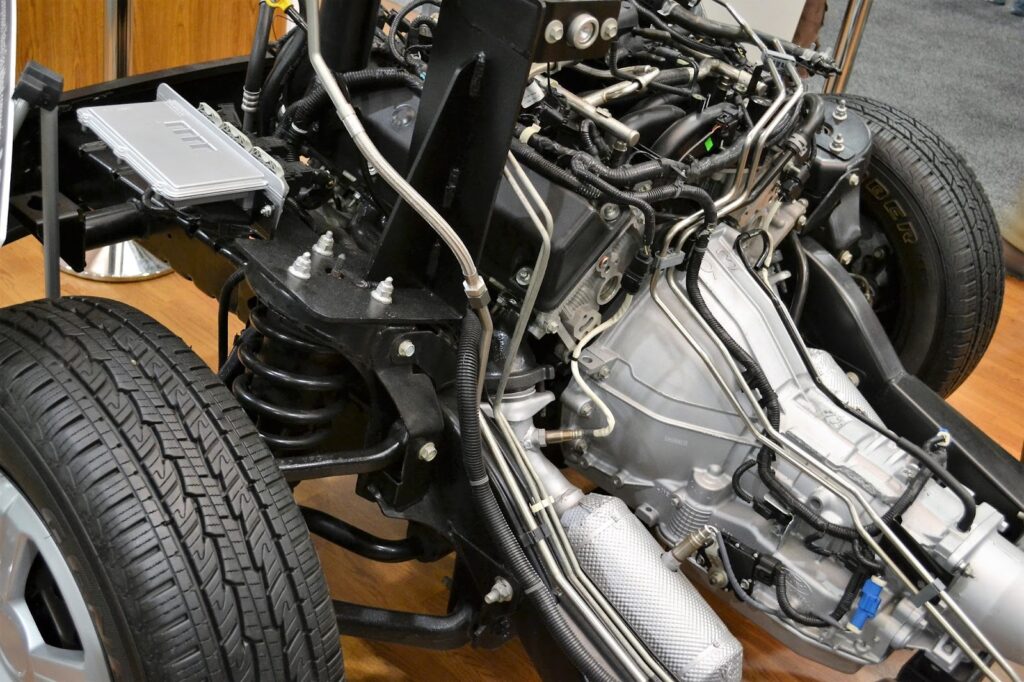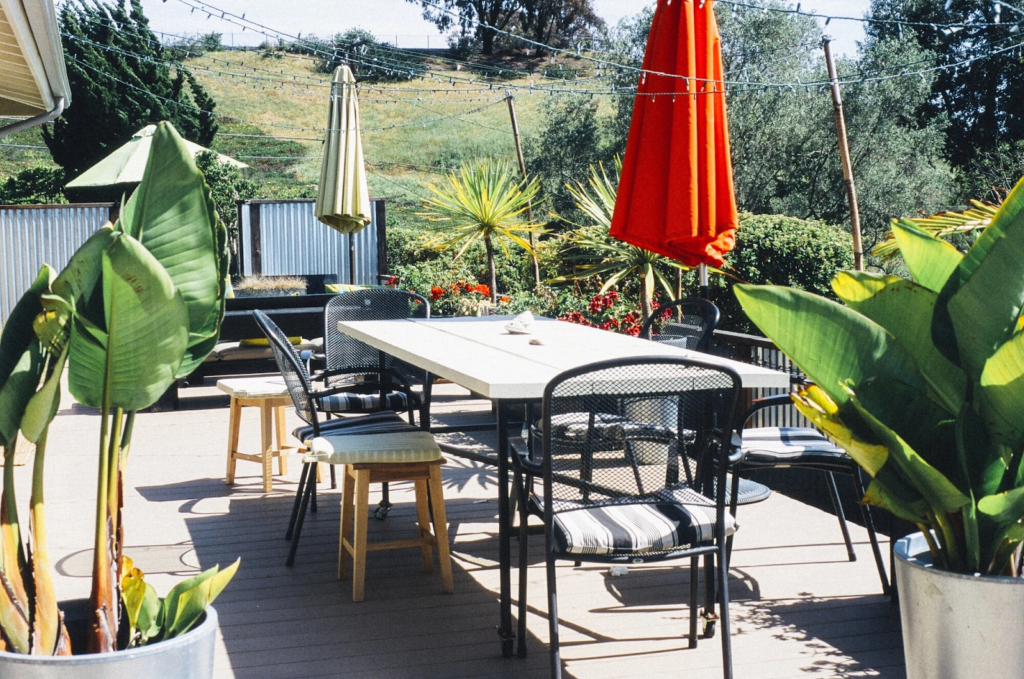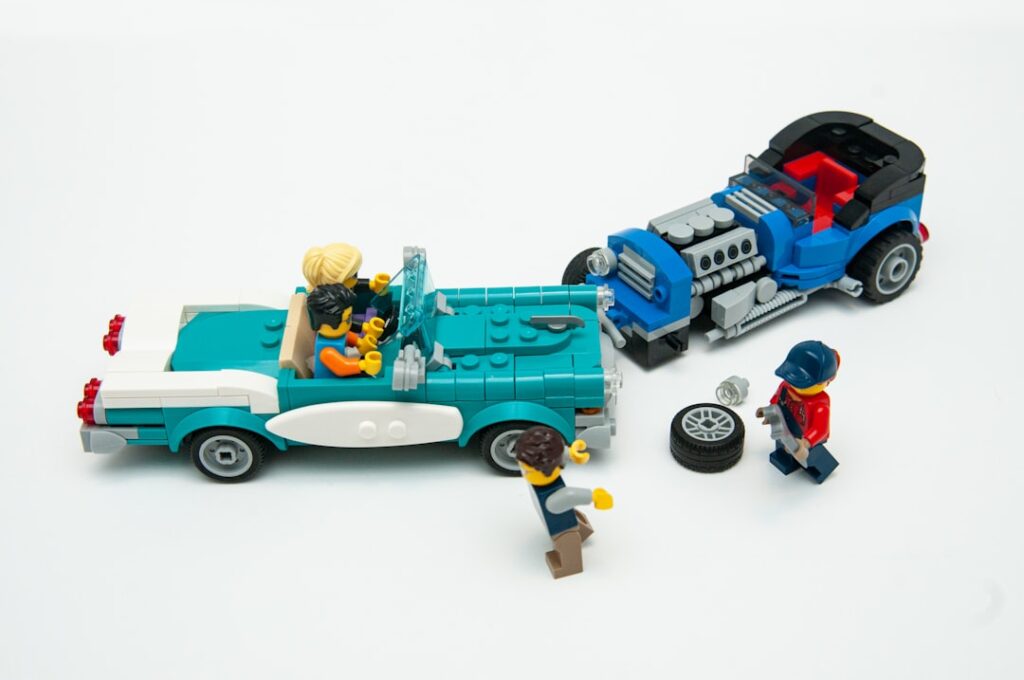When it comes to enjoying time on the water, few activities offer the same combination of excitement and tranquility as paddleboarding. Whether you’re a beginner or an experienced paddler, selecting the right paddle board is key to enhancing your experience. From different board types to important features, knowing what to look for will ensure you make the best choice. In this guide, we will explore six essential tips to help you find the perfect paddle board tailored to your needs.
1. Consider Your Skill Level
One of the most important factors when choosing a paddleboard is your skill level. Beginners should look for boards that offer more stability and balance. These boards tend to be wider and thicker, allowing new paddlers to gain confidence on the water. On the other hand, intermediate and advanced paddlers may prefer boards with more speed and agility, designed for performance rather than stability. Understanding where you fall on the skill spectrum will help you avoid choosing a board that might be too difficult or limiting for your abilities.
2. Board Type: Matching Your Activity
Not all paddle boards are created equal, and the type of board you choose should align with your intended activity. All-around boards, as the name suggests, are suitable for various uses, from leisure paddling to yoga. They are a great option for beginners and those who enjoy multiple types of activities. However, if you’re interested in specific activities like racing, touring, or surfing, there are specialized boards for each. Touring boards, for example, are designed for long-distance paddling and provide greater glide and efficiency in the water. Meanwhile, surf paddle boards are shorter and have a narrower tail for increased maneuverability in the waves.
3. The Importance of Size and Shape
The size and shape of the paddle board directly impact your performance on the water. Wider boards provide greater stability, making them ideal for beginners or anyone who enjoys yoga or other activities that require balance. Narrower boards, however, are faster and more responsive, making them better suited for racing or advanced paddlers. Length is also a critical factor. Shorter boards, typically under 10 feet, are easier to turn and maneuver, making them ideal for surfing. Longer boards, typically over 12 feet, are better for touring and racing as they glide more efficiently across the water.
4. Consider the Board’s Construction Material
The material of your paddle board plays a major role in its durability, performance, and weight. There are two primary categories of paddle boards: solid and inflatable. Solid boards are typically made from materials such as fiberglass or epoxy, offering better performance in terms of speed and glide. They are ideal for those who prioritize performance and plan to use their board frequently. On the other hand, inflatable paddle boards are made from durable PVC and offer the convenience of easy transport and storage. They are more forgiving when it comes to stability and are perfect for paddlers who travel or have limited storage space. Some paddlers turn to Hyperlite Paddle Boards for a well-balanced experience, which provides excellent stability and performance in various water conditions. Additionally, it’s important to assess how often you plan to use your board, as heavier usage may require a more durable, performance-oriented material.
5. Don’t Forget About the Fins
Fins are a small but crucial component of any paddle board. They provide stability and tracking, ensuring your board moves smoothly through the water. Most paddle boards come with either a single-fin or a three-fin setup. Single fins offer better straight-line tracking, which is ideal for flat-water paddling, such as in lakes or calm oceans. On the other hand, a three-fin (also called a thruster) setup provides more maneuverability, making it a popular choice for surfing or paddling in choppy waters. Some boards also come with removable fins, giving you the flexibility to adjust your board to match different water conditions. Pay attention to the type of fin system when selecting a board, as it can significantly affect your paddling experience.
6. Accessories and Extras
When choosing the perfect paddle board, it’s worth considering the additional gear and accessories that can enhance your experience. A high-quality paddle is just as important as the board itself, so don’t overlook this piece of equipment. Adjustable paddles are great for families or those who share their board with others, allowing each paddler to customize the length for comfort. Leashes and personal flotation devices (PFDs) are essential for safety and are often mandatory in many areas. If you choose an inflatable board, an efficient pump and a sturdy carrying bag will make your trips to the water easier.
Choosing the right paddle board involves more than just picking one that looks good on the surface. By considering factors such as your skill level, the type of activity you’ll engage in, the board’s size, shape, and material, you can find a board that perfectly suits your needs. Paying attention to details like fins and accessories can also elevate your paddling experience. Whether you’re a beginner or an experienced paddler, following these tips will ensure you get the most out of your time on the water.






